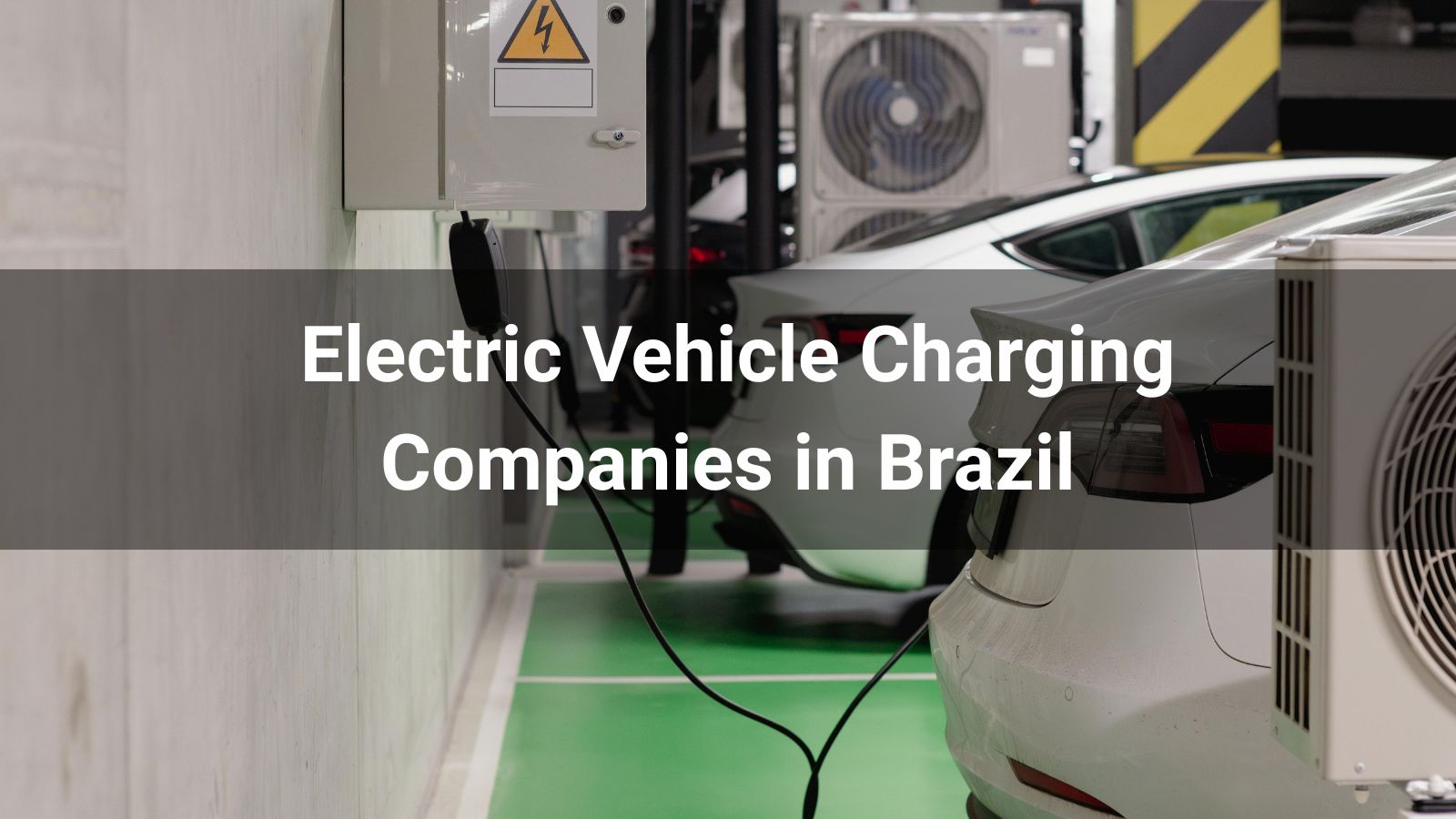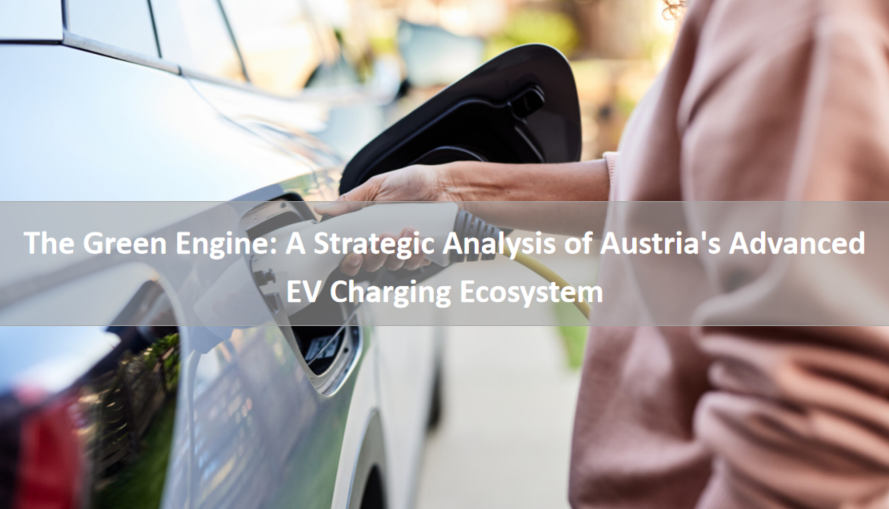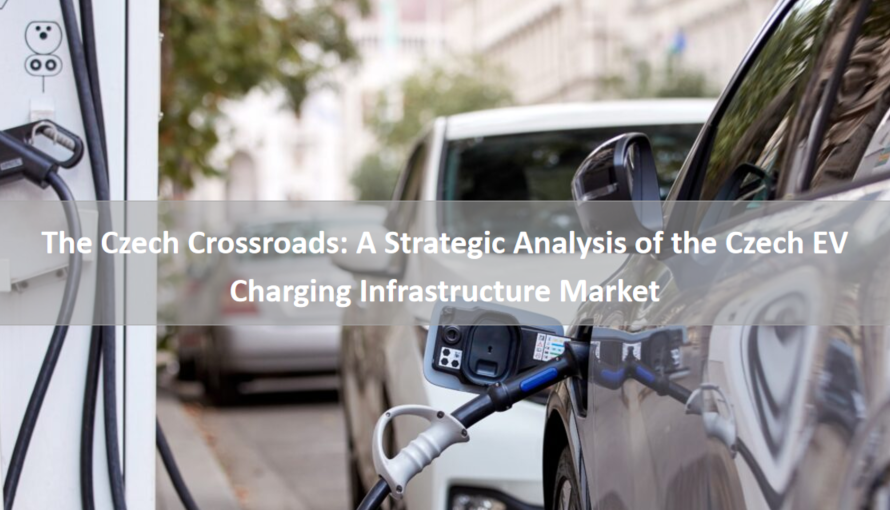
Angola’s transition to electric vehicle (EV) charging infrastructure is in its infancy, constrained by economic challenges and infrastructure limitations but buoyed by the country’s ambitious energy diversification goals. This report analyzes the national policies, market size, development status, opportunities, and challenges of EV charging stations in Angola within a rigorous framework. National policies, primarily focused on energy sector reforms under Angola Energy 2025, lack specific EV mandates but provide a foundation through renewable energy expansion. The EV market is negligible, with fewer than 500 EVs estimated in 2025, limiting immediate demand for charging infrastructure. Development is minimal, with no public charging stations, though private initiatives and renewable energy projects signal potential. Opportunities lie in leveraging Angola’s hydropower and solar potential, international partnerships, and its strategic role in regional trade corridors. Challenges include political instability, grid limitations, high costs, and low consumer awareness. Strategic recommendations emphasize pilot projects, regulatory development, and renewable energy integration to position Angola for sustainable mobility by 2030.
Angola’s national policies for EV charging infrastructure are underdeveloped, with no specific EV-focused legislation. However, the Angola Energy 2025 plan and renewable energy initiatives provide a foundation for future development, though implementation is constrained by fiscal and political challenges.
Angola’s policy landscape is shaped by its focus on economic diversification and energy access, as outlined in the Angola Energy 2025 plan, but lacks targeted EV policies. Key elements include:
Absence of EV-Specific Policies:
As of 2025, Angola has no dedicated policies or incentives for EVs or charging infrastructure. The Ministry of Energy and Water (MINEA) prioritizes increasing electricity access, targeting 8.9 GW of installed capacity and a 60% electrification rate by 2025.
This contrasts with regional peers like Morocco, which offers tax exemptions and infrastructure mandates, highlighting Angola’s lag in electromobility policy.
Energy Sector Reforms as a Foundation:
The Angola Energy 2025 plan, valued at USD 25 billion, aims to expand hydropower (61.8% of current mix) and solar (0.6% hybrid) capacity, which could support EV charging. Projects like the Laúca hydroelectric plant (2.1 GW) and planned solar developments provide a renewable energy base.
The General Electricity Law (2015) encourages independent power generation and cost-reflective tariffs, creating a framework for private-sector investment in charging infrastructure.
International Support and Renewable Energy:
International partners, such as the African Development Bank, support Angola’s renewable energy projects, including solar microgrids. These could serve as a platform for EV charging pilots, similar to Kenya’s solar-powered charging initiatives.
Unlike South Africa’s EV incentives, Angola’s reliance on external aid limits its ability to develop a cohesive EV strategy independently.
Regulatory Gaps:
The absence of standards for charging infrastructure, such as connector types (e.g., CCS2, CHAdeMO) or interoperability protocols like OCPP, creates uncertainty for investors. This mirrors challenges in Latin America, where regulatory fragmentation hinders progress.
Political instability and limited government liquidity, as seen in posts on X about economic challenges, further complicate policy implementation.
Angola’s EV market is negligible, with an estimated 500 EVs in 2025, resulting in minimal demand for charging infrastructure. Projected growth to USD 0.03 billion by 2030 at a CAGR of 25.0% reflects potential but is constrained by economic and infrastructural barriers.
Current EV Market Size:
Angola’s EV market is embryonic, with fewer than 500 EVs estimated in 2025, primarily used by affluent individuals or organizations in Luanda. No reliable sales data exists due to limited adoption and lack of local manufacturing.
This contrasts with the global EV charging market, projected to grow from USD 30.63 billion in 2025 to USD 257.33 billion by 2032 at a CAGR of 35.5%. Angola’s market is a fraction of this scale due to economic constraints.
Charging Infrastructure Demand:
Demand for public charging stations is virtually nonexistent, with no public chargers reported. Any charging is likely private, using ad hoc solutions like diesel generators or solar panels, reflecting Angola’s 70% grid utilization rate.
The African EV charging market, valued at USD 31.93 million in 2022 and projected to reach USD 256.53 million by 2030, highlights regional growth potential, but Angola lags behind leaders like South Africa.
Regional and Global Context:
Compared to South Africa’s 350 public chargers and 1.8 chargers per 10 EVs, Angola’s lack of infrastructure reflects its low EV penetration.
Global trends, such as China’s 85% share of fast chargers, suggest Angola could prioritize fast-charging or battery-swapping models to support future growth.
Angola’s EV charging infrastructure is nonexistent, with no public stations and reliance on private, improvised solutions. Renewable energy projects and private-sector interest offer potential, but development is stalled by grid limitations and economic challenges.
Current Infrastructure Landscape:
As of 2025, Angola has no public EV charging stations, reflecting minimal EV adoption and a focus on basic electricity access. The grid, with 5.7 GW installed capacity (70% utilized), is insufficient for widespread charging.
Private solutions, such as solar-powered chargers in Luanda, may exist for niche applications but are not scalable without significant investment.
Energy Infrastructure Constraints:
Angola’s transmission infrastructure, comprising three separate grids (northern, central, southern), is being expanded to 16,350 km by 2025. However, high transmission losses and unmetered consumption limit reliability for EV charging.
The IEA notes that uncoordinated charging can strain grids, a significant risk in Angola given its fragmented network.
Private-Sector and Renewable Energy Potential:
Companies like GE and Cummins, active in Angola’s energy sector, could pivot to EV charging with the right incentives, as seen in South Africa’s partnerships with Audi and GridCars.
Solar projects, such as those supported by the African Development Bank, provide a foundation for pilot charging stations, similar to Kenya’s Solar Freeze initiative.
Comparative Regional Development:
Unlike South Africa’s 350 public chargers or Morocco’s 300, Angola’s infrastructure is nonexistent, reflecting its early-stage market. Regional leaders demonstrate the feasibility of private-sector-driven models that Angola could emulate.
Angola’s EV charging infrastructure market offers opportunities through its renewable energy potential, strategic geographic position, and international partnerships. Pilot projects and battery-swapping innovations can drive early adoption.
Renewable Energy Integration:
Angola’s 61.8% hydropower and growing solar capacity (0.6% hybrid) provide a sustainable base for charging infrastructure. Co-locating chargers with projects like the Laúca hydroelectric plant could reduce costs, as seen in Kenya’s geothermal-powered chargers.
Global trends, such as China’s BYD megawatt chargers with battery storage, offer a model for Angola to leverage renewables for grid stability.
International Partnerships:
International support from the African Development Bank and companies like GE could fund pilot charging stations, mirroring Latin America’s aid-driven models.
Partnerships with firms like ABB or Tesla, as seen in Morocco, could bring technical expertise and scalable solutions to Angola’s market.
Strategic Geographic Position:
Angola’s investment in the USD 3 billion Lobito Corridor railway project positions it as a regional trade hub, supporting electric logistics vehicles and charging corridors.
The African Development Bank’s projection of USD 15 billion in economic value from decentralized charging hubs highlights Angola’s potential to serve regional markets.
Battery-Swapping Innovations:
Battery-swapping stations, successful in China with 50% of heavy-duty trucks using this technology, could suit Angola’s two- and three-wheeler market, reducing charging times to 5 minutes.
Models like Gogoro’s 12,000 swapping stations in Asia could be adapted for Angola’s urban centers like Luanda.
Angola’s EV charging infrastructure faces significant challenges, including political instability, grid limitations, high costs, and low consumer awareness. These barriers necessitate a phased, externally supported approach to development.
Political and Economic Instability:
Angola’s economic challenges, including fuel price protests noted on X, limit government capacity to invest in EV infrastructure. Political uncertainty, as seen in Latin America, deters private investment.
The lack of a unified regulatory framework, similar to Ecuador’s nascent EV strategy, complicates infrastructure deployment.
Grid Limitations:
Angola’s grid, with 70% utilization and significant transmission losses, is ill-equipped for EV charging. The IEA highlights that uncoordinated charging can exacerbate grid stress, a critical issue in Angola.
Planned grid expansion to 16,350 km by 2025 is ambitious but faces delays due to funding and technical challenges.
High Installation Costs:
High costs for fast chargers, noted globally as a barrier, are prohibitive in Angola’s low-income context, with GDP per capita at USD 2,310 in 2025. Low EV adoption reduces charger utilization, impacting economic viability.
Unlike South Africa’s 50% annual charger growth, Angola’s lack of infrastructure requires significant upfront investment.
Low Consumer Awareness:
Limited awareness of EV benefits and range anxiety, as seen in Sub-Saharan Africa, deter adoption. High EV costs and lack of charging infrastructure exacerbate this, mirroring Latin America’s challenges.
The absence of standardized connectors, such as CCS2 mandated in the EU by 2025, could create future compatibility issues.
Launch Pilot Charging Projects:
Implement solar-powered charging stations in Luanda, supported by international aid, targeting two- and three-wheelers. Adopt global standards like OCPP for scalability.
Pilot battery-swapping stations, drawing on China’s model, to reduce charging times and infrastructure costs.
Develop Regulatory Frameworks:
Establish basic standards for connector types and interoperability, aligning with global protocols like ISO 15118. This will attract private investment, as seen in Morocco.
Coordinate with MINEA to integrate charging infrastructure into the Angola Energy 2025 plan, leveraging renewable projects.
Foster Public-Private Partnerships:
Partner with companies like GE or ABB to deploy pilot chargers, offering tax breaks to offset costs, as in Austria. Engage the African Development Bank for funding, mirroring Kenya’s aid-driven model.
Leverage the Lobito Corridor project to develop charging hubs for logistics vehicles, enhancing regional trade.
Promote Consumer Awareness:
Launch campaigns to educate consumers on EV benefits, using platforms like Electromaps to highlight future charger locations. Address range anxiety through demonstrations, as in Kenya.
Introduce financing models, such as leasing, to reduce upfront EV costs, drawing on China’s incentive programs.
Leverage Renewable Energy:
Co-locate chargers with hydropower and solar projects, using battery storage to manage peak loads, as in China’s BYD model.
Explore V2G systems to provide grid services, enhancing economic viability, as seen in Europe.
Angola’s EV charging infrastructure is at a nascent stage, constrained by a lack of policies, minimal EV adoption, and grid limitations. The Angola Energy 2025 plan and renewable energy projects provide a foundation, but political and economic challenges hinder progress. Opportunities in hydropower, international partnerships, and battery-swapping innovations offer pathways to growth, particularly in urban centers like Luanda. By implementing pilot projects, developing regulations, and leveraging its strategic position, Angola can lay the groundwork for a sustainable EV ecosystem, contributing to regional green mobility and long-term economic diversification.
Read more:







